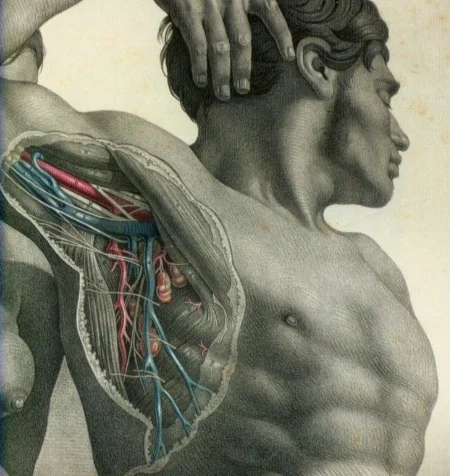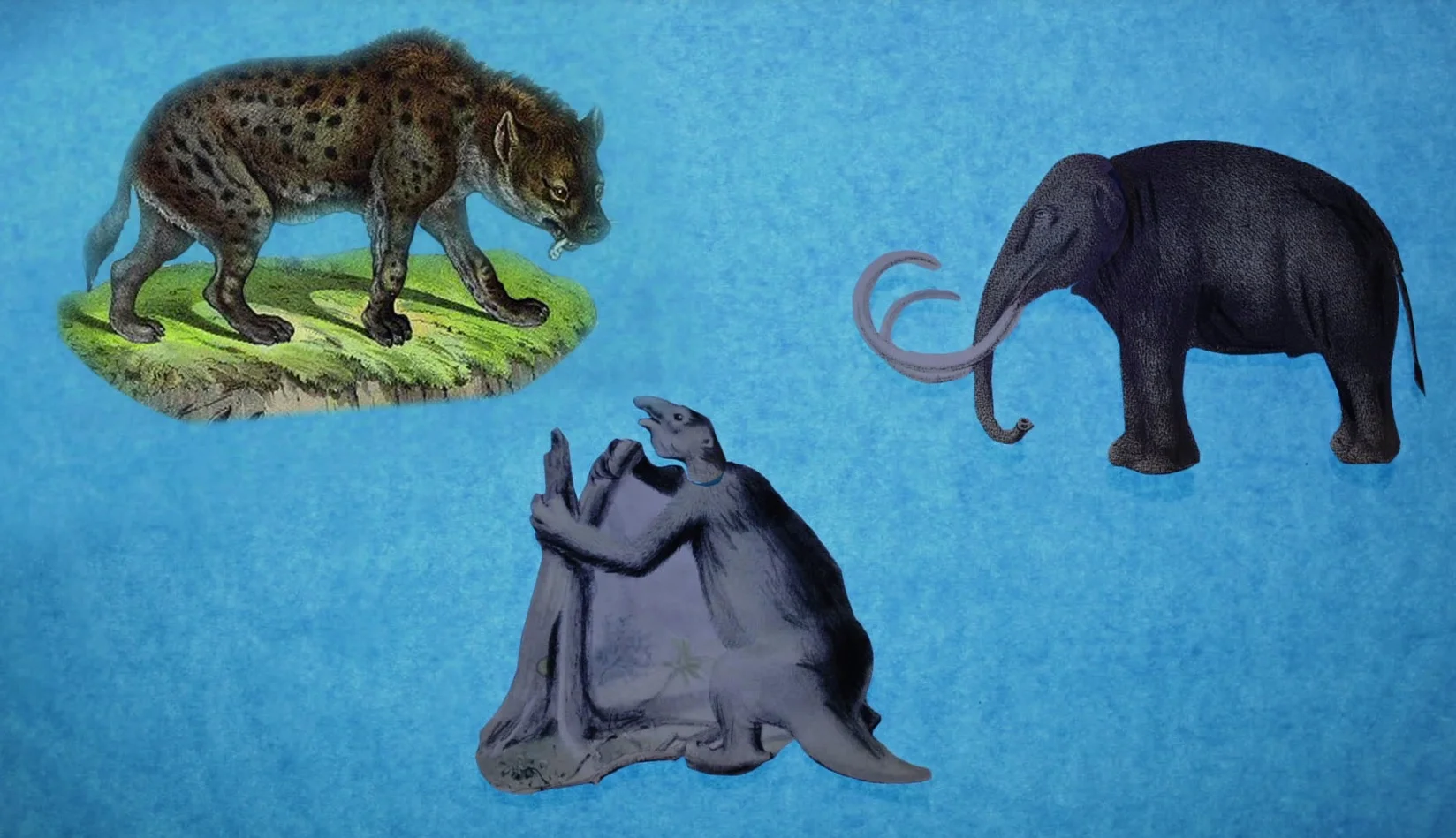Teaching
I employ a variety of pedagogical techniques focusing on active learning and metacognition over traditional lecture methods. I stay up to date on the latest evidence-based teaching practices in the literature by attending workshops such as the Best Teacher's Institute.
Because paleontology is an inherently integrative science, I have taught a variety of courses covering several sub-disciplines in biology and earth science. I have experience teaching at the undergraduate and graduate levels and in classroom, lab, and field settings. I collaborate with several undergraduate and graduate students per year in my lab to combine teaching and research.

Current courses
Vertebrate Evolution (BIO 623) — lecture and project based graduate study of major transitions and innovations in vertebrate history, 22 students
Essential Skills for Graduate Students (BIO 630) — active learning seminar focusing on career & research skills
Histology (BIO 355) — semester-long lecture and lab based undergraduate course focusing on human medical histology and pathology
Dinosaurs in the News (GEN 110) — freshman seminar on the newest discoveries in paleontology with a focus on scientific literacy
Anatomy and Physiology I (BIO 203) — semester-long undergraduate human anatomy and physiology lecture and lab
Anatomy and Physiology II (BIO 204) — semester-long undergraduate human anatomy and physiology lecture and lab
Honors Colloquium (BIO 288) — semester-long undergraduate seminar to introduce students to the process of conducting research in biology, how research questions are formalized, and the interpretation of results in biology.
Dinosaurs and National Parks (BIO 585) — I have developed a ten-day field course in Wyoming and Montana focusing on the evolutionary and geological history of the western USA; students learn the principles of paleontology and evolutionary biology while participating in excavations of dinosaur bones and footprints. For more information, see the course website.
Independent Study (BIO 498/499/798/799) — Each semester I collaborate with undergraduate and graduate students on research projects, mostly focused on bone or tooth biology, paleoecology, or projects related to fieldwork. Interested students should contact me well in advance of the semester(s) they are interested in taking on a research project.


Past biologY courses i have taught
As a Research Instructor (Stony Brook University; 2012–2015)
Gross Anatomy of Head, Neck, and Trunk (HBA 521) — semester-long human dissection, instructor for three to four, three-hour long dissections per week, occasionally lectured, 42 dental (DDS) students
The Body (HBA 531, gross anatomy) — semester-long human dissection, led three to four three-hour long dissections per week, 125 medical (MD) students
As a graduate student (University of Michigan; 2006–2011)
Principles of Paleontology, 1 semester — Lab and field-based course of 10 students. Emphasis on taxonomic diversity of major groups of animals, functional morphology, and evolutionary relationships. Organized and led field trip around the midwest to collect fossils for final project
Geobiology, 1 semester — Led weekly labs of 15 students. Emphasis on earth-atmosphere-biosphere interactions in the present and geologic past, compare and contrast evolution between microorganisms and vertebrates, extremophile life
Evolution and Extinction, 1 semester — Led weekly discussion sections of 15-25 students. Emphasis on historical aspects of biology
Ecosystem Science in the Rockies, 1 semester — Four week classroom, lab, and field based course of 20 students in the northern Rocky Mountains. Led discussion and lab sections, daily outdoor education hikes and multi-day camping trips. Emphasis on terrestrial and freshwater ecosystems at a variety of scales in space and time, plant succession, soil ecology, aquatic ecology, glacial geology

Past earth science courses I have taught
As a Visiting Assistant Professor (Georgia Southern University; 2011–2012)
Environmental Geology, 2 semesters —Designed and gave bi-weekly lectures relating environmental issues to geology, 100 students
Environmental Geology Laboratory, 2 semesters — Guided laboratory, map, and field based exercises with relevant lectures, ca. 200 students in six sections per week
As a graduate student (University of Michigan; 2006–2011)
Introduction to Geology Lecture and Lab, 2 semesters — Led weekly discussion and laboratory sections of 10-25 students each. Designed new exercises to include paleontology
Introductory Geology in the Rockies, 3 semesters — Four to six week classroom, lab, and field-based course of 20-35 students in the northern Rocky Mountains. Led discussion and lab sections, daily outdoor education hikes and multi-day camping trips, occasional lecturer